The benefits of hot desking
The benefits of hot desking help explain why it has become such a popular approach

For many, the idea of a traditional cubicle office is gone for good. The benefits of hot desking and other ways of working have helped workplaces become more collaborative, social, and productive.
Teams are increasingly made up of workers operating on different hybrid work schedules, with some commuting in more than they work from home and others having gone fully remote.
In this environment, the idea of having a dedicated desk space feels outmoded.
What is hot desking?
When a business adopts hot desking, it drops the traditional concept of each worker having a dedicated desk. Hot desking offices allow staff to sit where they choose to on a day-by-day basis.
Some employees could feel better sitting together to collaborate on a task or foster a social atmosphere on one day, and sitting apart in a quieter part of the premises on another day to knuckle down on something that requires particular focus.
Most businesses that practice hot desking operate on a bring your own device (BYOD) policy, with employees given a company-issued device to connect to any available monitor and keyboard/mouse set up in the office. It has superseded the traditional tower PC and office phone set-up.
What are the benefits of hot desking?
Decluttering
Everyone is familiar with how fast a desk can become a dumping ground. In the heat of working and meeting deadlines, it can be extremely easy to let used mugs, mountains of documents, or random belongings pile up in your workspace.
Get the ITPro daily newsletter
Sign up today and you will receive a free copy of our Future Focus 2025 report - the leading guidance on AI, cybersecurity and other IT challenges as per 700+ senior executives
Hot desking encourages workers to be more conscious of the space in which they operate, as fellow colleagues could sit there the day after. This means that the desks in your office should start to look more tidy, ordered, and minimalist.
Although this means that employees won’t be able to decorate their desks in their own way, it ends up helping the office to be cleaner. Additionally, it can help your workers focus more on their work as the desk is easier to work in, with many people having heard of the phrase “a tidy desk equals a tidy mind” which will be true for hot desking.
Onboarding
Onboarding is not always done physically with hybrid working having become dominant, and some employees may not step foot in their office for some time after joining an organization. However, thanks to hot desking, these employees could find it easier to adjust to office life.
Most employees will be familiar with the company’s cloud systems and services, which are what is essential for hot desking. When introduced to the office, it will boil down to meeting colleagues and finding a seat like everyone else.
This has been especially true post-pandemic, with back-to-office seating arrangements with hot desking as simple as taking the seat of one’s choice.
Hot desking can also benefit education and mobility within a company, as employees may have to sit near a superior or colleague as they get to grips with the organization’s systems.
Getting to know your peers
The traditional model of being located at one desk every day isn’t necessarily attractive for all your employees. It can be challenging at times to interact with other workers in the building if they are shackled to the same spot every day, and communication platforms like Slack or Teams only go so far.
However, thanks to hot desking, employees can get to know more of their co-workers on a day-to-day basis. Helping your workers deepen these relationships can have a huge impact on their confidence and development. Although this may be a side effect of hot desking, it is a positive outcome.
Owning your environment
Happiness is the key to productivity. If a workforce is happy, motivated, and positive, it's likely to be reflected in its work. But people have different needs, and although working outside of your most comfortable environment may be daunting it can also be empowering to flexibly move around and sit where you want.
It also means you can choose which type of environment you want to work in and when. Some people may thrive on conversation and discussion, while others prefer quiet and calm. With hot desking, you can choose which environment suits you best to result in greater levels of productivity for you as an individual, which in turn benefits your organization.
Modernising infrastructure
Although hot desking encourages employees to move around the business, their experience still needs to be the same regardless of where they work. To facilitate this, companies are moving the entirety of their internal business systems to the cloud, allowing employees to access everything they need remotely.
HR, payroll, printing services, and even joining meetings and chatting with colleagues can and should be available from anywhere in the building. Beyond employees no longer needing to rely on that dodgy fourth-floor printer, modernization helps improve productivity and makes processes far simpler.
Reducing overheads
As traditional work environments typically created a specific spot for each employee to work in, those areas would go unused when that person was out of the office or off work that day.
Hot desking allows businesses to significantly cut down on all that wasted space, as not every employee will need to be provided with a traditional desk every day. This not only cuts down on equipment costs but can allow companies to downsize their operations into a space that is more affordable, while still maintaining a productive workforce.
Giving employees autonomy
Hot desking is as much a cultural change as it is a physical one. As workers are able to change what their day-to-day environment looks like, it allows a great deal more flexibility when it comes to their social and home lives.
Whether they're attending an event, or simply need to be back in time for the school run, employees are afforded greater choice when it comes to working remotely when they need to. With hot desking, people are no longer tethered to their desks.
Are there any downsides to hot desking?
While there are clearly a number of benefits to hot desking, it's important to be mindful of any downsides, too.
Inconsistency
Being able to switch up your seat can become a double-edged sword that means you are required to - for example, a worker who only comes into the office part-time or at a different time to the majority of colleagues may struggle to find a consistent desk.
Not everyone enjoys the flexibility of being able to sit in a different place every day. Some people like the comfort of knowing their surroundings and who they will be sitting next to and shaking this up can prove unsettling.
It's important that companies are aware of this, and that managers maintain dialogue with unhappy staff members so they feel supported and that their concerns are being taken seriously.
Isolation
Isolation can be another side effect of hot desking. It tends to follow the first-come, first-serve rule of selecting a desk. That means, in practice, the early bird always catches the desk of their choice, while those held up by transport delays, in meetings - or just working a different shift pattern - miss out. It can be disheartening to commute some distance to an office only to find you have to sit in a different place, or on a different floor, than the rest of your team.
This aspect can mean that some employees just don't bother coming into the office as much, their view being that they may as well be anywhere if they can't physically sit with their co-workers and interact with them face to face. This can create an unhealthy level of absenteeism where employees who once felt motivated and part of a unit now feel cut off and disconnected with no sense of belonging.
The mental health impact of hot desking also needs to be carefully considered and managed by organizations. A 2022 study by Unispace found that 74% of office workers expressed a desire for both collaborate and individual work spaces - offices that can only offer one or the other may see lower worker satisfaction as a result.
"There are growing issues in the way businesses are currently managing and looking after their workforce causing an alarming need for companies to rectify this situation and enhance employee wellbeing," said Christopher Burke, CEO of Brickendon, the consultancy behind the research.
“The link between office design and mental wellbeing is often overlooked, but the fact that almost half of the workforce felt that their mental health improved while working from home, highlights that too many workplaces do not meet the needs of the people that use them,” said Claire Shepherd, chief operating officer at Unispace.
RELATED RESOURCE
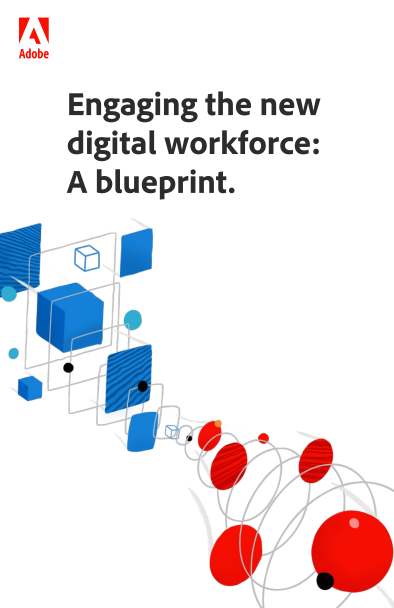
“We know that the office - a place that many of us are returning to on a more regular basis - can support mental wellbeing, from the positive collaboration and socialization opportunities our colleagues afford us, to easy access to amenities, and much more.”
Ultimately, every organization is different and every employee is unique, too. As such, companies must tread very carefully when it comes to changing any working practice, whether it's to do with sitting, lunchtimes, office location, or anything and everything in between.
It's also incredibly important to ensure all relevant stakeholders are involved in the discussion. This shouldn't just be limited to IT, but also widened out to HR, facilities, and others.
Finally, it's critical that employees themselves are asked what they think – before, not after the fact. That way a great deal of the issues can be ironed out before they become big business barriers.
Dale Walker is a contributor specializing in cybersecurity, data protection, and IT regulations. He was the former managing editor at ITPro, as well as its sibling sites CloudPro and ChannelPro. He spent a number of years reporting for ITPro from numerous domestic and international events, including IBM, Red Hat, Google, and has been a regular reporter for Microsoft's various yearly showcases, including Ignite.
-
 Bigger salaries, more burnout: Is the CISO role in crisis?
Bigger salaries, more burnout: Is the CISO role in crisis?In-depth CISOs are more stressed than ever before – but why is this and what can be done?
By Kate O'Flaherty Published
-
 Cheap cyber crime kits can be bought on the dark web for less than $25
Cheap cyber crime kits can be bought on the dark web for less than $25News Research from NordVPN shows phishing kits are now widely available on the dark web and via messaging apps like Telegram, and are often selling for less than $25.
By Emma Woollacott Published
-
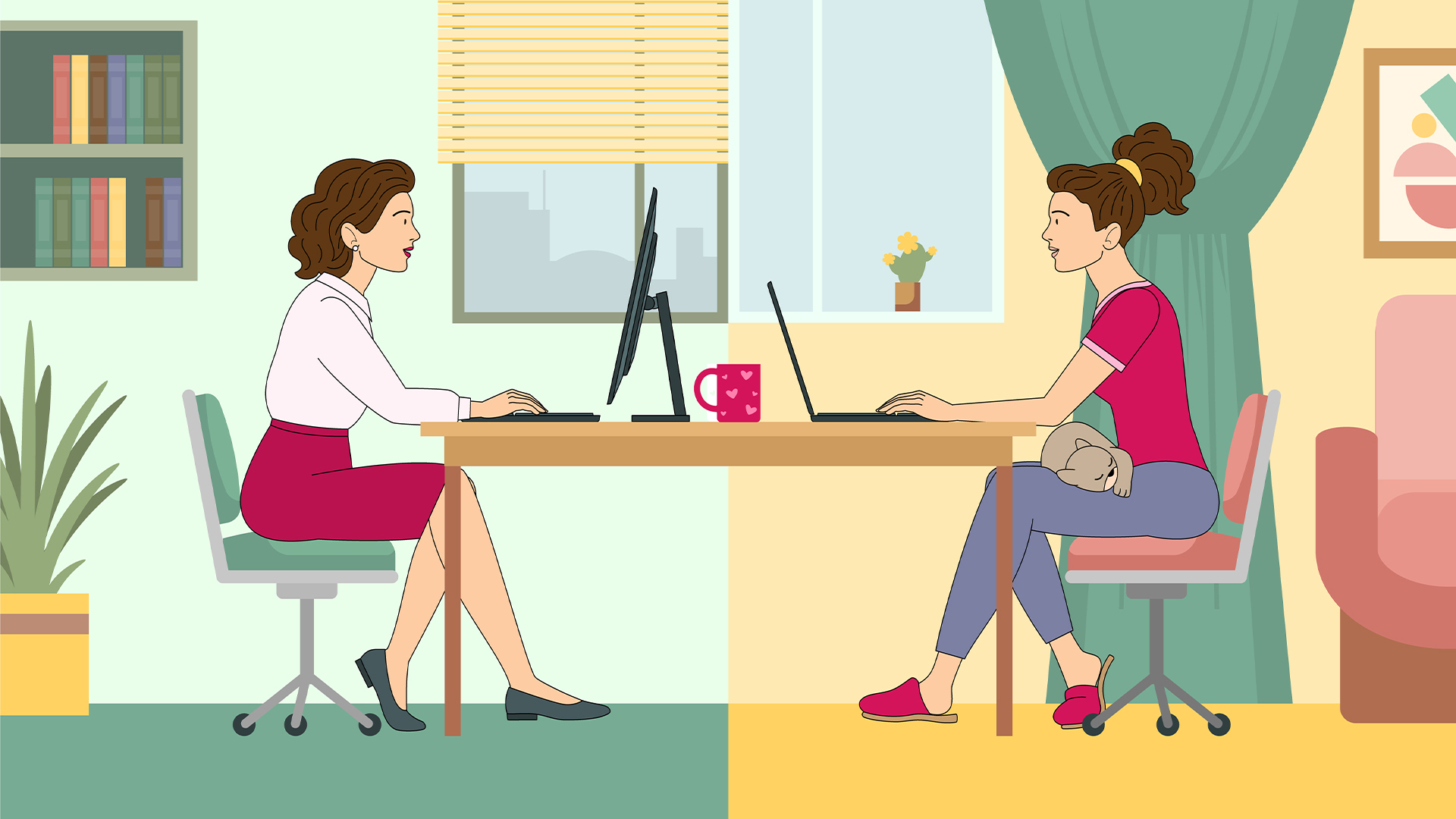 IT professionals aren’t budging on flexible work demands – and more than half say they’ll quit if employers don’t meet expectations
IT professionals aren’t budging on flexible work demands – and more than half say they’ll quit if employers don’t meet expectationsNews Analysis from Randstad shows 40% of UK-based IT pros have quit over a lack of flexible work options, while 31% of workers globally have done the same.
By Ross Kelly Published
-
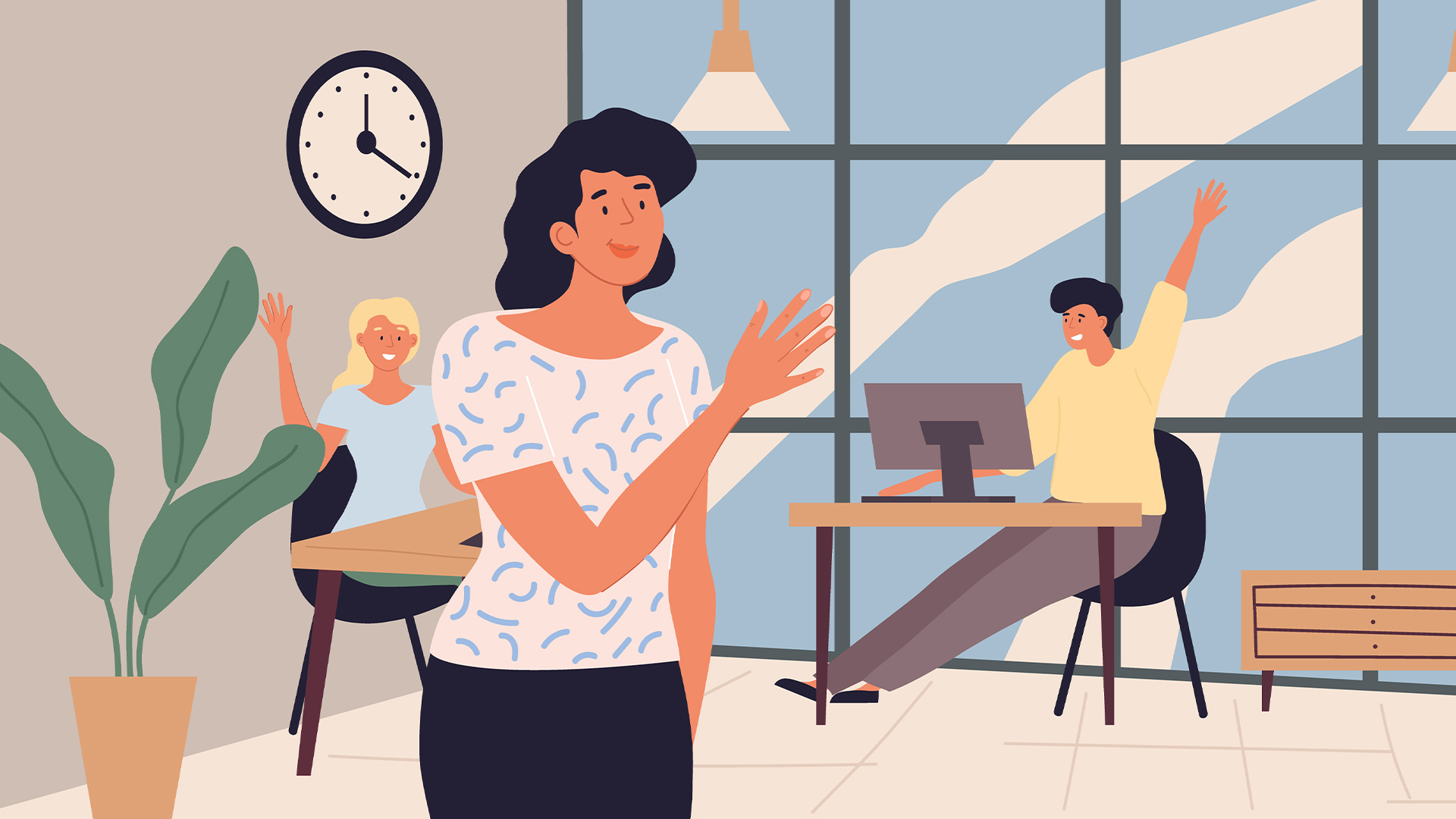 'The tide seems to be turning towards office attendance': 64% of hybrid business leaders want staff back in the office – but many worry that enforcing RTO mandates will drive employees away
'The tide seems to be turning towards office attendance': 64% of hybrid business leaders want staff back in the office – but many worry that enforcing RTO mandates will drive employees awayAnalysis Many UK business leaders want their staff back in the office more frequently, but they’re scared to implement return to office (RTO) mandates in fear of worker revolts.
By George Fitzmaurice Published
-
 Employees are dead set on flexible working arrangements – three quarters would turn down a role that didn't offer hybrid options as work-life balance becomes more important than pay
Employees are dead set on flexible working arrangements – three quarters would turn down a role that didn't offer hybrid options as work-life balance becomes more important than payNews New research shows workers are increasingly demanding flexible working arrangements from employers.
By Emma Woollacott Published
-
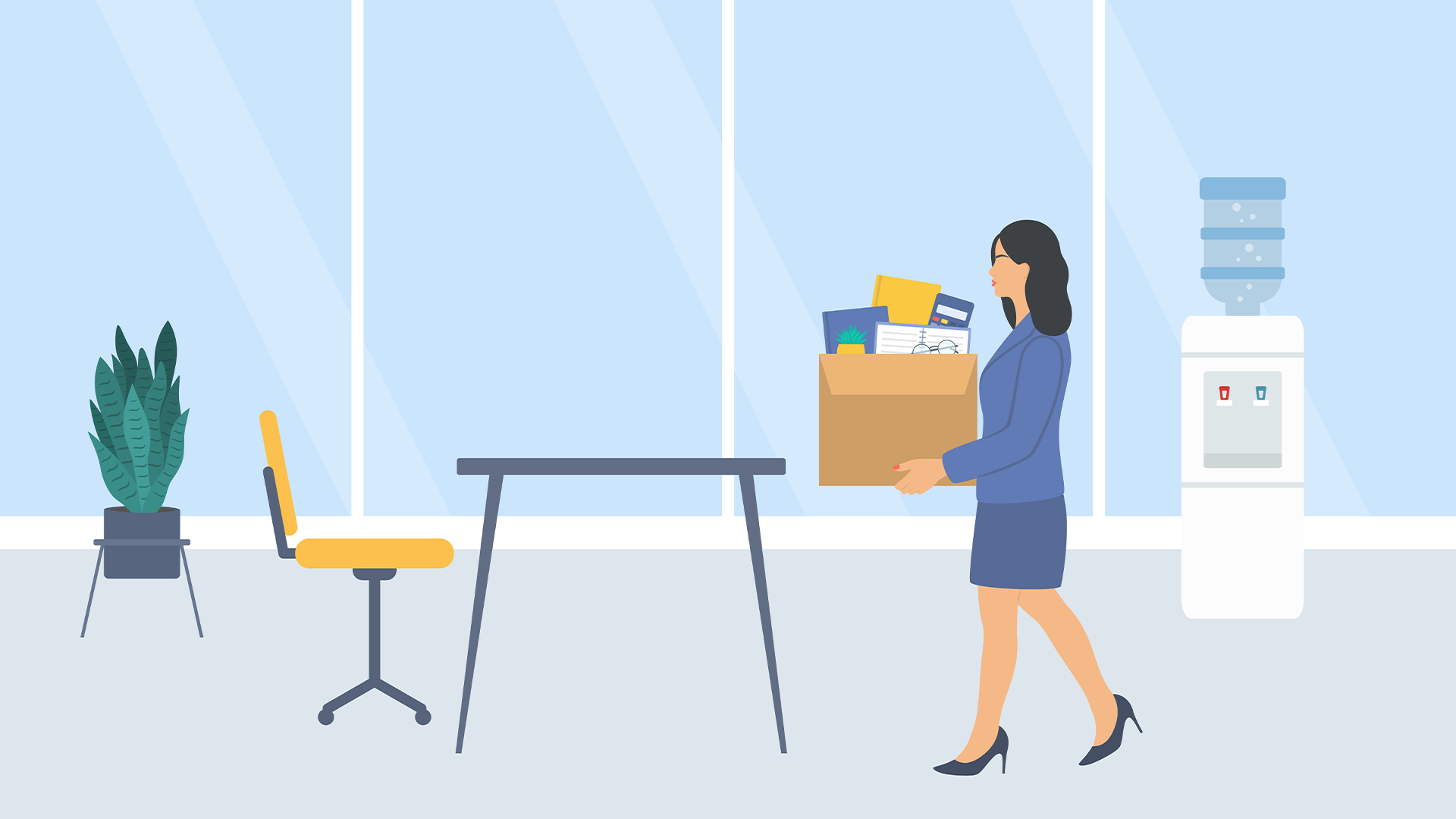 Nearly half of tech workers are seeking new roles – declining employee benefits and reduced flexible working options have staff looking elsewhere
Nearly half of tech workers are seeking new roles – declining employee benefits and reduced flexible working options have staff looking elsewhereNews While salaries are rising for tech workers, other benefits are in decline, leading to a fall in job satisfaction
By Emma Woollacott Published
-
 Untethered: How CIOs and CISOs are paving the way for the new hybrid workforce
Untethered: How CIOs and CISOs are paving the way for the new hybrid workforceWhitepaper Effective techniques to transition from exposed legacy infrastructure to an effective zero trust strategy
By ITPro Published
-
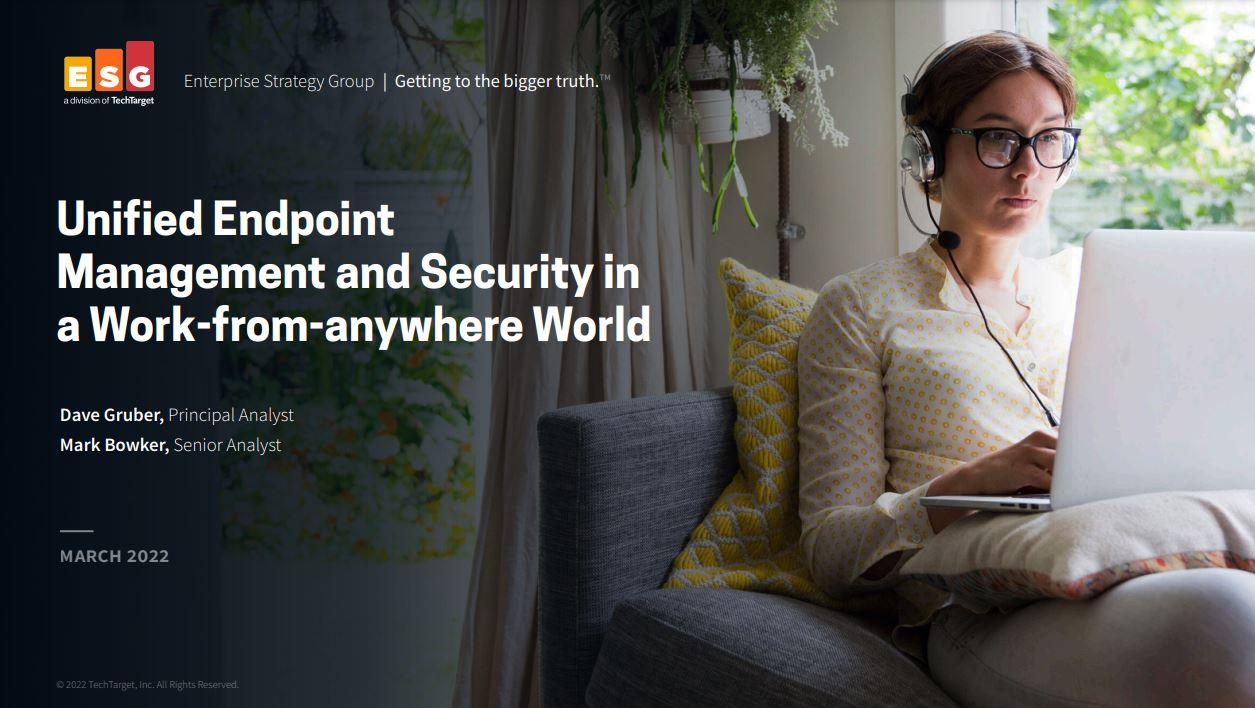 Unified endpoint management and security in a work-from-anywhere world
Unified endpoint management and security in a work-from-anywhere worldWhitepaper Learn how to converge endpoint management and security processes and systems to drive efficiency and reduce risk
By ITPro Last updated
-
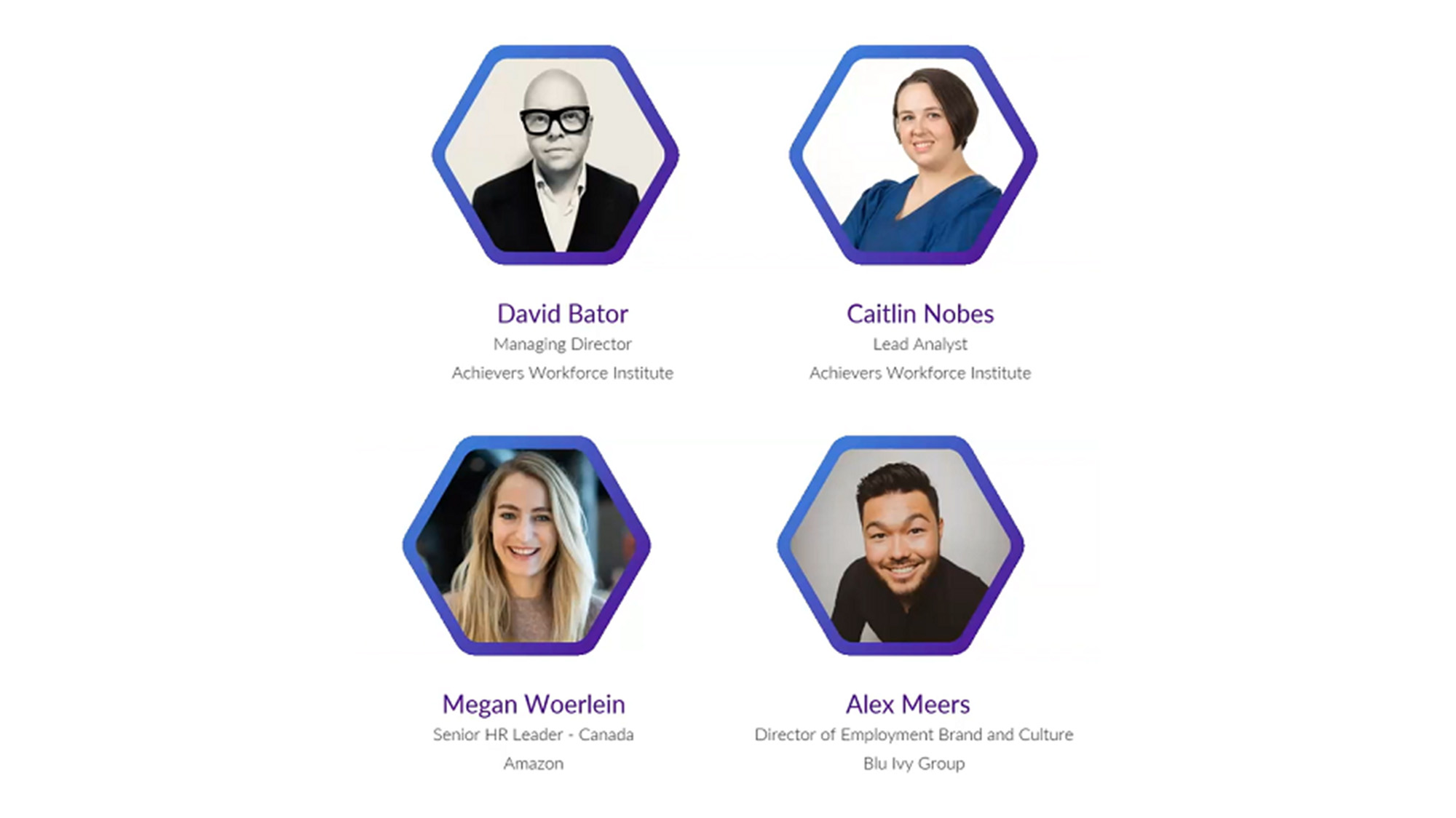 Why flexible working is critical to ensure talent retention
Why flexible working is critical to ensure talent retentionAdvertorial The changing face of flexible working will be the focal point of a webinar hosted by the Achievers Workforce Institute on July 12
By ITPro Published
-
 Hybrid work means we’re burning out harder and faster than ever
Hybrid work means we’re burning out harder and faster than everIn-depth Technology has fueled an always-on culture that’s turbocharged a new breed of burnout, but technology can also come to the rescue
By Sandra Vogel Published